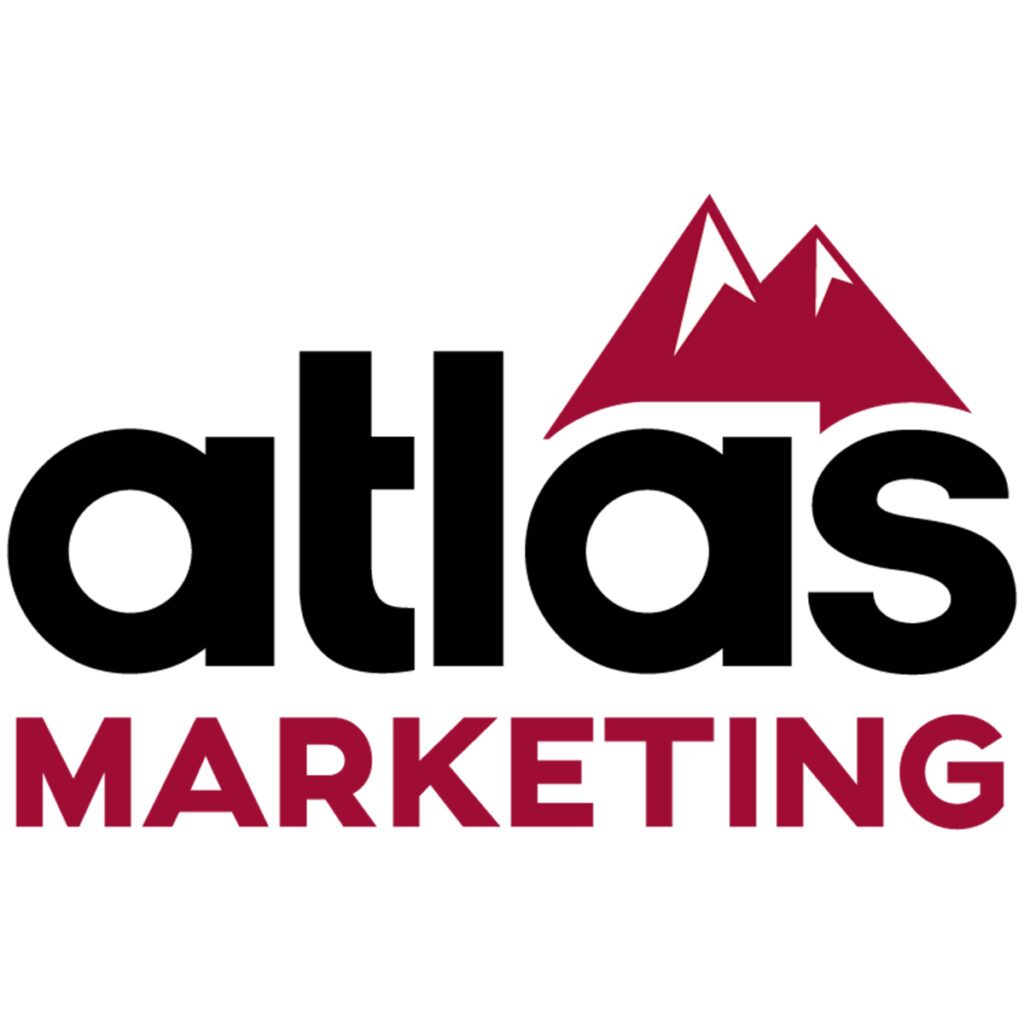Proposal development is a pain point for many construction companies. While they regularly showcase their creativity on job sites, their proposals to bid for new work come off as flat and boring with irrelevant information.
Writing a proposal that stands out is challenging. It takes practice. It takes time. And often, it takes some guidance from an expert to get it right.
Atlas Marketing, a marketing and communications firm based in Pittsburgh that specializes in construction marketing, provides proposal development among its many services.
“We have heard from multiple clients that we’ve helped them improve their process. One general contractor, in particular, has told us that they increased their win rate by 40% since we helped them,” said Atlas President Chris Martin.
Atlas creates a customized plan for each client.
“We’re not just pulling previous material off the shelf and saying, ‘Here’s what you should do.’ We’re working with their business development team, their marketing team, and their leadership teams to understand the business and how the proposals fit into the operations versus just giving an across-the-board response. It’s very customized and very strategic to their business,” Martin said. “We’ve helped specialty contractors, general contractors, and heavy highway contractors go through this process. It’s not always going to be the same. It’s going to be very specific to their segment of the industry and their audience.”
Common obstacles in the proposal process
Common deficiencies that Atlas identifies in bid proposals include wordiness and lack of visuals and relevant support.
Keep the language simple and avoid jargon. Make sure project profiles that are submitted to highlight work experience are relevant and from the same specialty, such as health care, commercial, retail, or senior living. And don’t forget to spruce up the proposal document. Make it engaging. Black words on a white page are boring and send a message that your company isn’t creative.
Digital proposals offer a lot of opportunities.
“How you present that information is going to be critical,” Martin said. “It can’t just be words on a page. There should be graphics and if possible, videos. There should be photos of previous projects, BIM imagery, charts and graphs to make it easier for the recipient to understand what it is you are going to do for them and make the project a success.”
Proposals typically will be reviewed by a panel. The members of that panel may have diverse educational backgrounds and may digest information differently.
“One of the things you have to be mindful of is making sure that your proposal flows,” said Atlas Vice President Susan Matson, “and that not everybody reads all the details. Use images and graphics and headlines and sub-headlines; create the bite-size pieces throughout as call outs. The goal is to create an opportunity for those who skim as well as those who dive in deep. Appeal to both audiences because both are going to be looking at your proposal and have input on the final decision.”
Proposal Goals
The goal, Martin said, is for the proposal to impress decision makers enough so that they will be prompted to ask questions and want to know more about how you can deliver for them. That opens the door for deeper dialogue.
“Make it so that they can understand your solution and then can ask more questions that you can respond to,” Martin said.

Another piece of advice Atlas offers to clients is to focus on the audience. Atlas often sees proposals that are written for the wrong audience. Instead of being written to help the bidding company and potential client make a decision, they are written from the perspective of the contractor.
“Always remember that it’s the client’s project,” Matson said. “It’s their challenge that they’re seeking your expertise and your know-how to get it accomplished. So how will what you’re going to bring to the table help them?”
Matson suggests asking, “If the project is a hospital, how are you going to be able to successfully complete that project for their audiences? For the patients, their families? For the doctors and the nurses and the staff?”
How to stand apart with your proposal
Construction companies must focus on what makes them different from their competition. Boasting that you complete projects safely and on time is not enough.
“Everybody says the same thing about being safe and on time,” Matson said. “That’s great, that’s something that everybody is looking for. But what are you going to do to achieve those goals? How are you going to be safe?”
It takes a cross-departmental team to create a winning proposal. Members from different departments bring different talents and expertise, Matson said. Atlas Marketing typically engages with various departments, but mainly is involved with business development and marketing.
As mentioned previously, use graphics and a balanced layout to help your proposal stand out. Another goal should be to reinforce the solution and value your company provides by finding methods to help the potential customer make the decision to hire your firm.
Reduce time spent on proposal redundancies
All proposals will include some of the same boilerplate information. That can be written in advance, perhaps with long, medium, and short versions being prepared.
“If you look at your proposal, probably more than half, I might venture to say 60% of it or higher, is going to be somewhat the same from proposal to proposal,” Matson said. “So don’t be rewriting that every time. That costs money. That costs time. Then you don’t have the time focused on what is different about this project for this particular client or prospect.”
Once the proposal is complete, it’s wise to have a fresh set of eyes look at it, someone who was not involved in writing it. That person may identify inconsistencies, lack of flow or appropriate voice, or errors.
It’s also critical to review the RFP or guidelines to make sure that all directions have been followed and that all the required information has been provided. Failure to submit a complete proposal can result in disqualification. Atlas Marketing has supported clients in this way in the past and served as a Red Team to ensure the response matches the initial request.
Not all proposals win
It’s unrealistic to expect that every proposal will be a winner. When a proposal is rejected, it is important to know why it did not make the cut, so future proposals can be stronger.
A phone call to the project owner to ask why you fell short can elicit critical information. That step is not taken often enough. Many owners are forthcoming and will provide honest answers. But remember what your goal is.
“This isn’t an opportunity for argument,” Matson said. “This is an opportunity for you to learn. Know that there could be harsh words on the other side, and you need to be willing to accept that and understand that that feedback is being given to you honestly. So, thank them. Ask for a few minutes of time and ask where you fell short. Ask them what made the winning proposal get the job and not yours.”
Check out other articles in the Winter 2023 issue of The Keystone Contractor!







